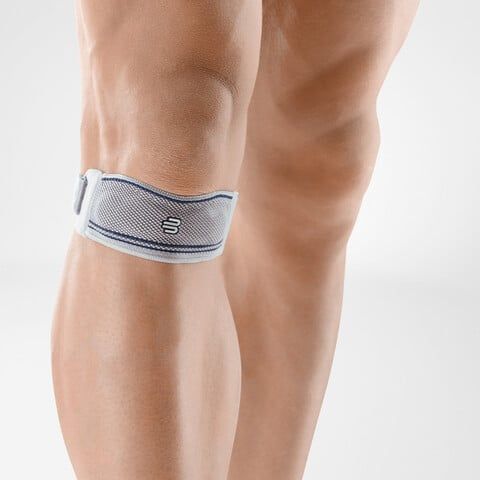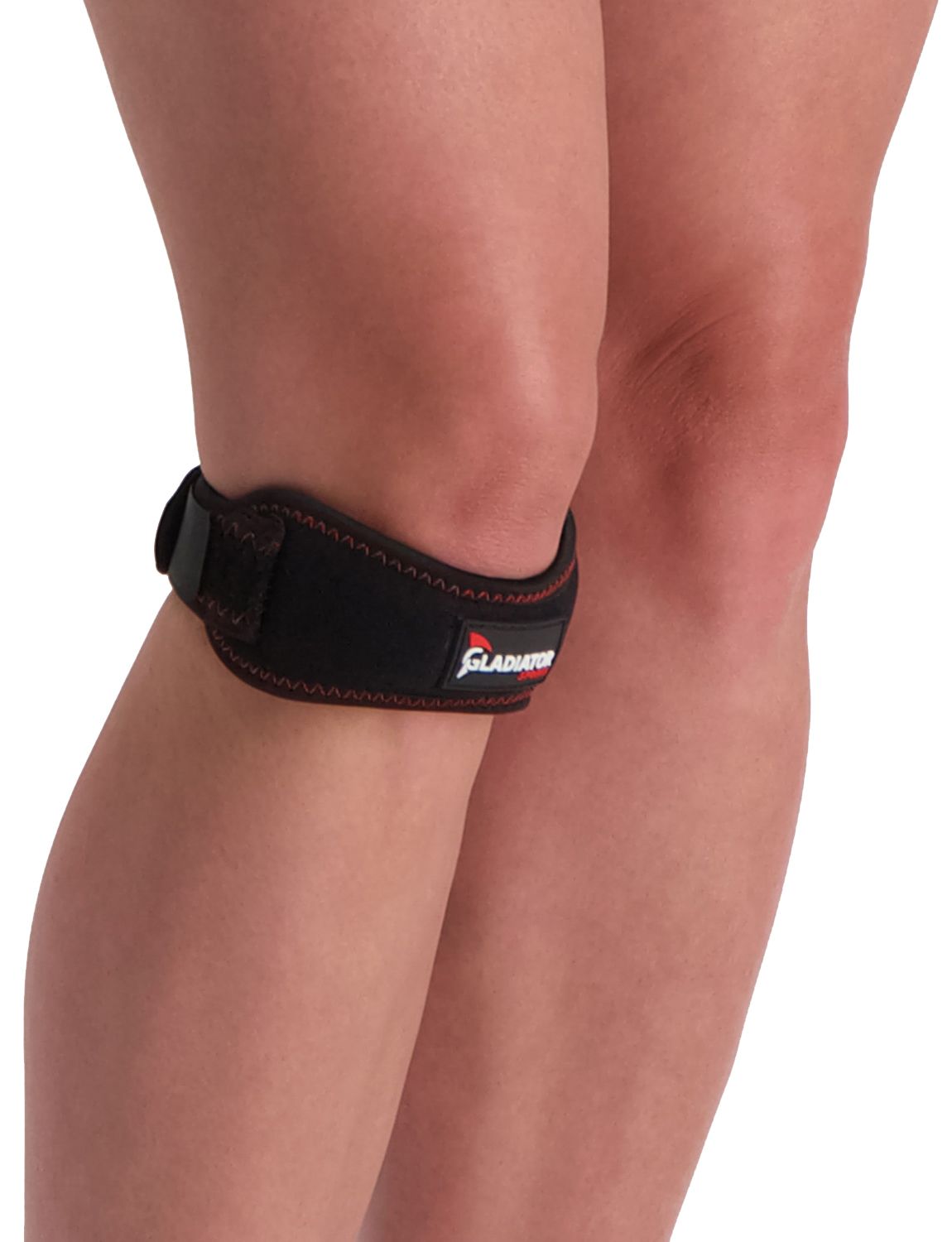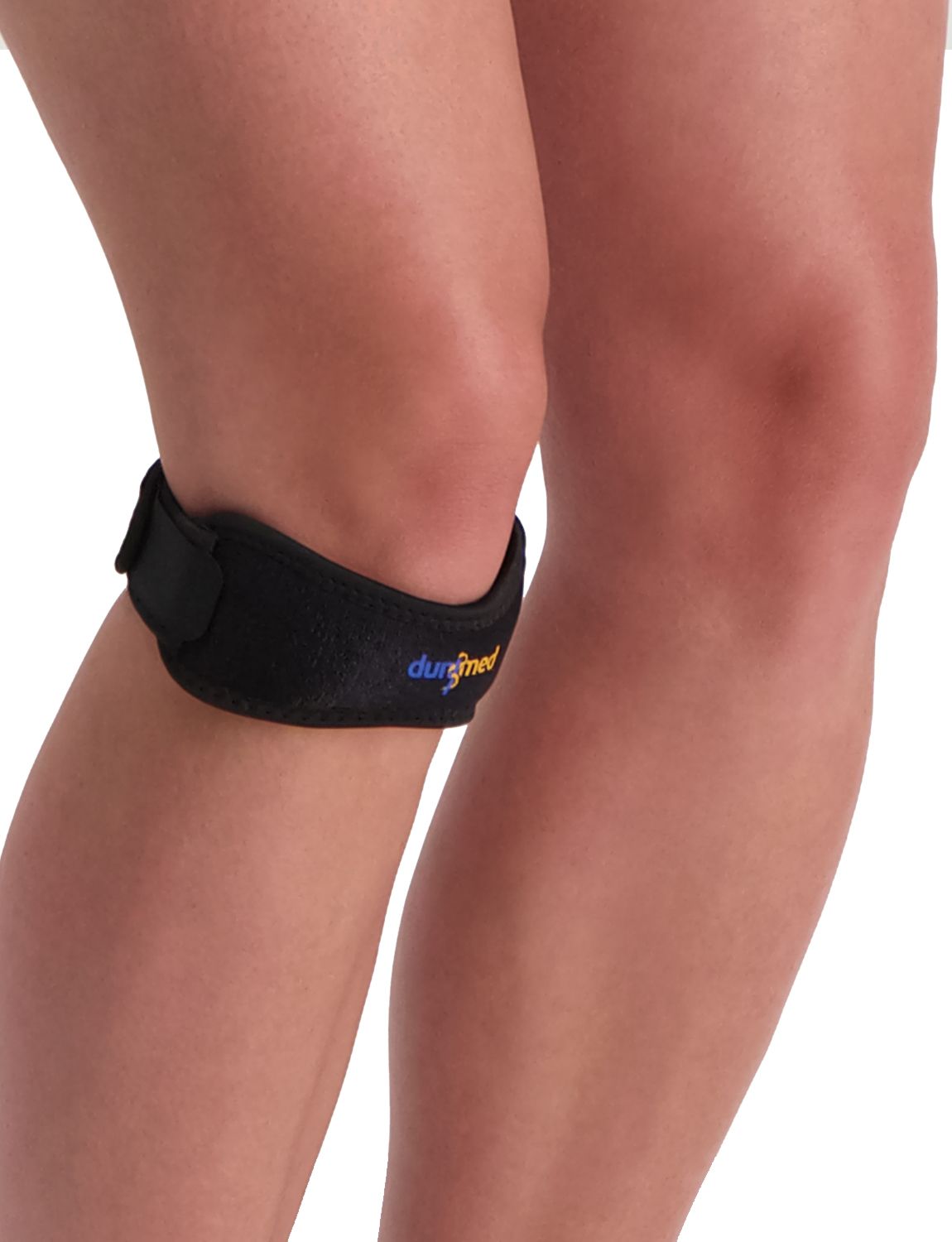Walker's Knee (iliotibial band syndrome)
Suffering from runner’s knee? In this article, you'll find all the information you need about this condition. We also offer the right supportive aids to help manage your symptoms.
What is runner’s knee?
Iliotibial band friction syndrome, commonly referred to as runner’s knee, is a frequent injury among runners. It can also occur in other sports such as weightlifting or cycling. This syndrome is one of the main causes of lateral knee pain. It involves a thickening of tissue on the outer side of the thigh. The iliotibial band runs from the outer pelvis, over the hip and knee, and attaches just below the knee. This band is important for stabilizing the knee joint. Constant friction between the thigh bone and the band can lead to inflammation and cause discomfort.
Symptoms of runner’s knee
Symptoms of iliotibial band friction syndrome range from sharp pain above the knee joint to swelling at the point where the band rubs against the thigh bone. The pain usually does not occur immediately during activity but develops over time. Most often, the pain is felt when your foot strikes the ground. The pain may also persist after physical activity. It can also be felt below the knee where the iliotibial band connects to the shinbone. In some cases, pain occurs where the hip and band connect. This form is rarely due to sports injuries and more commonly occurs during pregnancy due to weakened connective tissue and increased body weight. For this reason, it also frequently affects older individuals.
Causes of runner’s knee
Causes of iliotibial band friction syndrome can include specific training habits, muscle weaknesses, or anatomical abnormalities.
Training habits:
- Running on sloped surfaces, causing the lower leg to tilt inward and increase friction against the thigh bone
- Poor warm-up or cool-down routines
- Running downhill
- Climbing or descending stairs
- A rapid increase in training volume
Anatomical abnormalities in the leg or foot:
- Low or high foot arch
- Foot pronation (movement inward)
- Uneven leg length
- Genu varum (bow legs; this causes the outer sole of the shoe to wear more quickly)
- Muscle weakness
- Weak abductors (muscles responsible for outward movement)
Treatment of runner’s knee
The diagnosis is made through a physical examination and the patient’s history. An MRI or ultrasound is only considered when the symptoms are unclear. During the first three weeks, it’s important to reduce strain on the fat tissue, tendon, and bone. This can be done simply by avoiding mountain hikes or running. It is recommended to begin with strengthening exercises for the knee and hip. Specific stretching exercises can also aid recovery.
Before resuming running, the underlying causes must be addressed. Adjusting your running technique or switching to different footwear can be very helpful. A knee brace can also support the rehabilitation of iliotibial band friction syndrome.

Bauerfeind GenuTrain S Hinged Knee Support

Bauerfeind GenuPoint Patella Strap

Super Ortho Patella Support / Kneecap Support

Gladiator Sports Knee Strap

Dunimed Knee Strap

- Physiotherapist
- Sports podiatrist
- Manual therapist
- Podopostural therapist
- Myofascial dry needling specialist


